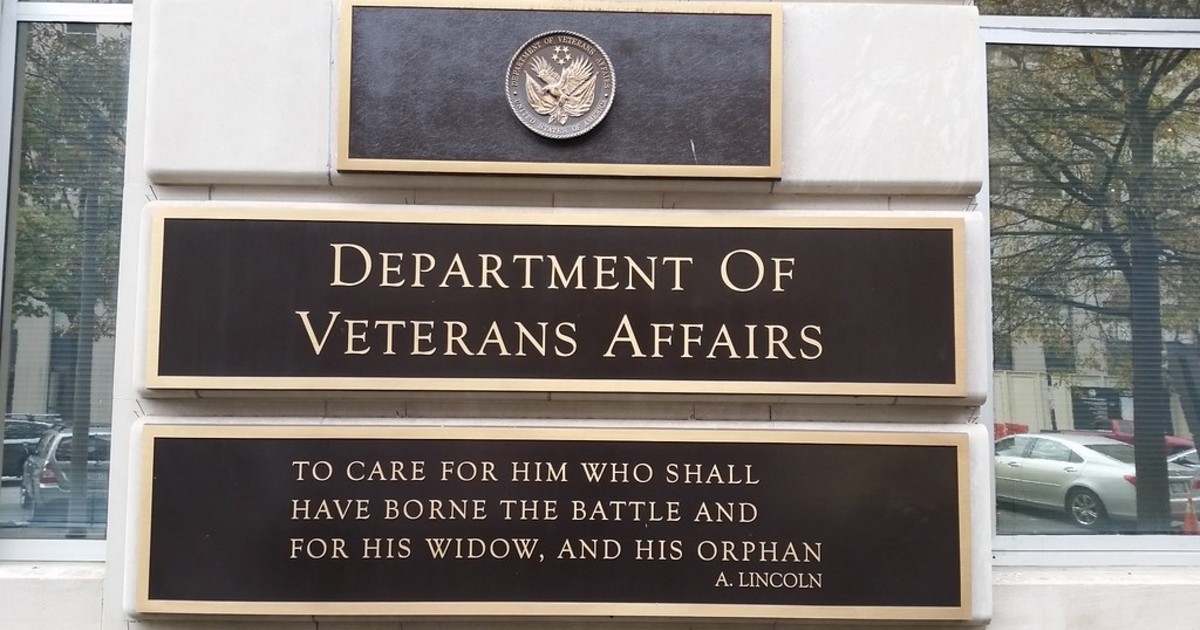
Photo: HIMSS Media
Front and center at Microsoft's booth (#2221) at HIMSS25 in Las Vegas this week is the launch of Microsoft Dragon Copilot, which the company said is the first unified copilot and voice assistant tool clinicians can use to streamline and customize clinical documentation, surface information and automate tasks.
Dragon Copilot combines Dragon Medical One's speech capabilities that clinicians use to document patient records and DAX’s ambient AI technology that leverages natural language processing (NLP) with the healthcare-adapted safeguards of Microsoft Cloud for Healthcare.
Microsoft said it can streamline clinical documentation, surface information and automate tasks.
But the real magic of ambient tools and NLP for clinicians are the intangible benefits to patients, Dr. David Rhew, the global chief medical officer and vice president of healthcare for Microsoft, said in a press briefing ahead of HIMSS25.
"The DAX technology has allowed them to listen to the patient," he said. "And the more that the clinician listens to the patient, the more likely that the care plan will meet the needs of the patient."
By combining the Dragon tools, Microsoft has eliminated the need for clinicians to toggle back and forth and has created a more seamless user experience, said Ken Harper, general manager of Dragon and DAX Copilot.
Doctors can switch from dictation to ambient in one user experience, from office to mobile, he said during a demo of the new unified copilot. They can prepare for a patient appointment by adding questions during pre-charting and then updating information while walking to a patient care room on their mobile device before recording the visit with ambient listening.
"With Dragon Copilot, we’re not just enhancing how we work in the EHR – we’re tapping into a Microsoft-powered ecosystem where AI assistance extends across our organization, delivering a consistent and intelligent experience everywhere we work," Dr. R. Hal Baker, senior vice president and chief digital and chief information officer, WellSpan Health, said in a statement Monday.
The copilot also offers providers new levels of customization in their documentation to "reflect their style," said Harper.
By adding pre-defined copilot prompts to the library, users can generate custom text in patient encounters, diagnoses and after-visit summaries, as well as in referral letters.
For example, by adding the voice prompt "standard physical exercise," DAX can automate adding exercise recommendations into after-visit summaries.
Doctors can also add custom vocabularies in DAX. With this new ability, doctors can speak in a natural language to add details to their documentation, Harper added.
Baker noted in a video testimonial provided to Healthcare IT News that tuning notes to vernacular and length is important to individual clinicians.
Doctors can also surface recommendations from vetted resources without leaving the workflow, including point-of-care data integrated into Microsoft Fabric, Harper said.
The unified copilot incorporates healthcare-specific clinical, chat and compliance safeguards for accurate and safe AI outputs that align with Microsoft's responsible AI principles in transparency, reliability and safety, fairness, inclusiveness, accountability, privacy and security, the company said.
Novlet Mattis, senior vice president and chief digital information officer at Orlando Health, noted in the testimonial video that the security of the Microsoft platform is a key benefit.
The guiding design principle behind the copilot's ability to surface medical information in the workflow is the "linkability and traceability" of each answer, Harper noted.
Microsoft will work with existing DAX clients to make upgrades as soon as they become available.
The anchor exhibit will also showcase the company's latest healthcare innovations in action through hands-on demonstrations, including recent updates and releases in Microsoft Fabric. It will highlight new healthcare data tools, like data pipelines and transformations that accelerate time-to-value by transforming healthcare data into a suitable format for analysis.
The company said the new releases improve the processing of complex datasets and overcome the inherent challenges associated with unstructured data formats. Customers can conduct exploratory analysis, run large-scale analytics and power generative AI with their data. New autoscaling capabilities inherent to built-in serverless SQL pools optimize both performance and scalability.
Microsoft said attendees at HIMSS25 can also learn about the company's latest work with its healthcare AI models.
Microsoft will be in Booth 2221 at HIMSS25.
Andrea Fox is senior editor of Healthcare IT News.
Email: afox@himss.org
Healthcare IT News is a HIMSS Media publication.


